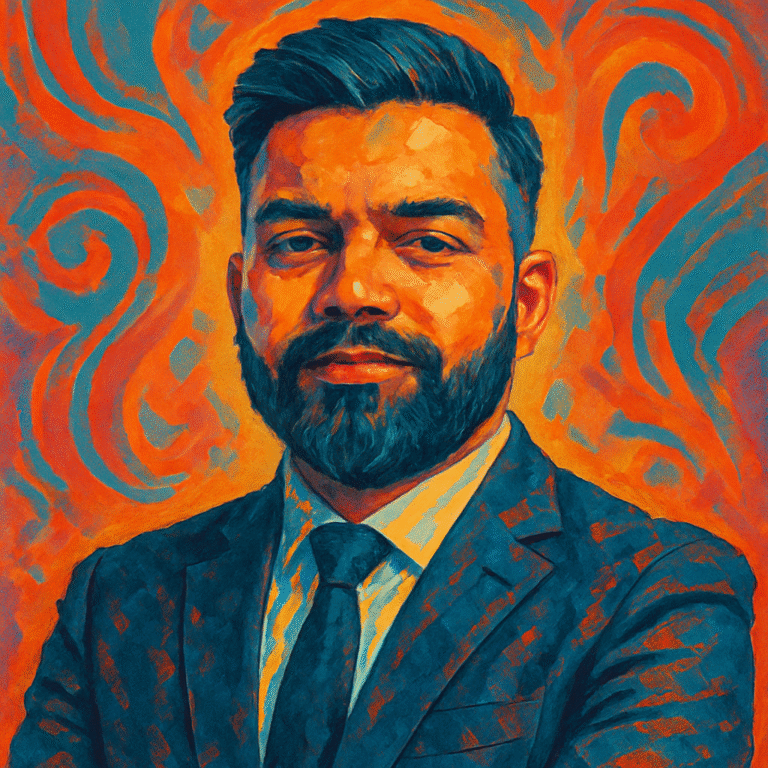
Introduction
Artificial Intelligence (AI) development is no longer confined to a handful of institutions or regions. In the past few years, the rise of open-source initiatives has dramatically shifted the competitive landscape. Among the most intriguing developments is the emergence of DeepSeek R1, China’s ambitious open-source large language model (LLM), which now stands alongside established leaders such as OpenAI’s GPT-4.
This article offers a formal, in-depth comparative analysis between DeepSeek and GPT-4, two models that represent distinct philosophies, development practices, and future visions for artificial intelligence.
1. Origins and Vision
GPT-4, developed by OpenAI, embodies a “high-control” philosophy, where the model’s architecture, training methods, and full capabilities are proprietary. OpenAI’s stated mission is to ensure artificial general intelligence benefits all of humanity, yet its commercial partnerships and paid APIs have raised discussions around access and equity.
DeepSeek R1, by contrast, originates from China’s expanding AI ecosystem, with a clear commitment to open-source distribution. DeepSeek’s philosophy centers on decentralizing innovation, promoting transparency, and ensuring that powerful AI systems are accessible for academic, research, and commercial exploration without traditional licensing barriers.
2. Model Architecture and Training
| Attribute | DeepSeek R1 | GPT-4 |
|---|---|---|
| Architecture | Transformer-based, similar to LLaMA3 family | Transformer-based, proprietary optimizations |
| Parameter Size | ~130B (DeepSeek R1 latest version) | Unknown (estimated 100–180B) |
| Training Data | Open web data, multilingual corpora, research datasets | Mixture of proprietary datasets, curated internet sources, and reinforcement learning data |
| Multilingual Support | Strong support, especially in Chinese and English | Excellent, across multiple languages |
| Open Access | Fully open weights (HuggingFace, GitHub) | No model access; only via API subscription |
While both models are grounded in transformer architectures, DeepSeek leans toward a community-driven approach with published weights and training methodologies, whereas GPT-4 remains closed, prioritizing optimization and alignment safeguards through commercial channels.
3. Performance and Benchmarking
GPT-4 continues to outperform across general benchmarks such as MMLU, BigBench, and human evaluation tasks. It demonstrates superior reasoning, coding, and zero-shot learning capabilities.
DeepSeek R1 shows remarkable competitiveness, achieving close scores to GPT-4 in open benchmarks, particularly in academic tasks, code generation, and multilingual processing.
It is important to note that DeepSeek is still evolving rapidly, and open contributors can retrain, fine-tune, and customize the model to specific domains — a flexibility GPT-4 does not permit.
4. Access, Use Cases, and Community Ecosystem
| Factor | DeepSeek R1 | GPT-4 |
|---|---|---|
| Deployment | Local fine-tuning, private server hosting, HuggingFace hubs | API via OpenAI, Azure OpenAI Service |
| Customization | Full model control, including fine-tuning and prompt engineering | Limited to system prompts and API parameters |
| Community Development | Open repositories, growing GitHub forks, forums | Plugin ecosystem via API integrations, no access to core model |
| Typical Use Cases | Research, education, national AI initiatives, startups | Enterprise solutions, customer service, healthcare, education |
DeepSeek’s open model democratizes experimentation — ideal for academic labs, independent developers, and startups needing model-level access. Conversely, GPT-4’s managed service model appeals to enterprises requiring stability, security, and official support.
5. Philosophical Differences: Open vs. Closed AI
Perhaps the most important distinction lies not just in architecture, but in philosophy:
OpenAI’s GPT-4 represents a proprietary approach — safety, monetization, and control prioritized over transparency.
DeepSeek R1 signals a global shift toward open AI ecosystems, empowering diverse groups to develop and govern AI technologies independently.
This divergence raises important questions about innovation, ethics, governance, and accessibility.
6. Challenges and Considerations
Security and Misuse: DeepSeek’s open weights could allow bad actors to misuse the technology if not monitored appropriately, while OpenAI’s gated access reduces immediate risks but limits transparency.
Bias and Alignment: GPT-4 benefits from robust alignment efforts (e.g., RLHF — Reinforcement Learning from Human Feedback), while DeepSeek, despite impressive safeguards, will rely more on user-led improvements.
Compute Requirements: Fine-tuning or running DeepSeek at full scale demands significant GPU resources, while GPT-4’s managed API abstracts infrastructure needs at a cost.
7. Conclusion: Which Model for Whom?
| Audience | Recommendation |
|---|---|
| Researchers | DeepSeek R1 (for openness, customization, academic freedom) |
| Enterprise Clients | GPT-4 (for commercial reliability, regulatory compliance) |
| Startups & Innovators | DeepSeek R1 (for low-cost experimentation and deployment) |
| Governments & National AI Programs | DeepSeek R1 (for sovereignty, national customization) |
| Large Enterprises (Finance, Healthcare) | GPT-4 (for stability, enterprise-grade support) |
DeepSeek R1 and GPT-4 are not direct replacements but represent complementary models shaping the AI landscape in distinct ways. As we move closer to Artificial General Intelligence, the balance between open innovation and managed safety will continue to define the future of intelligence itself.
Final Thought
“True intelligence flourishes when knowledge flows freely.”
DeepSeek R1 and GPT-4, despite their differences, are each a step toward a future where intelligence — artificial or otherwise — is more nuanced, accessible, and powerful than ever imagined.
